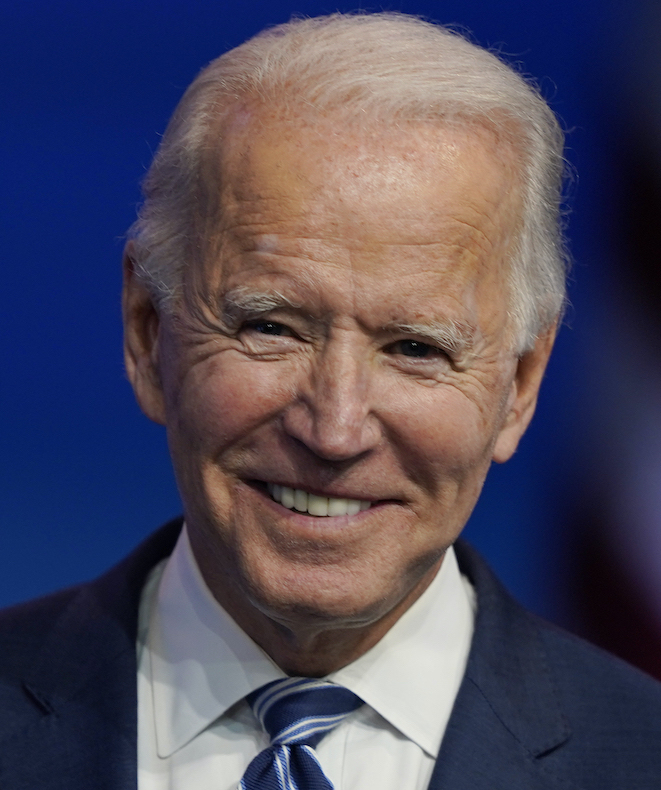Entering office amid a pandemic that had already killed 400,000 Americans, President Joe Biden acted on his second day to start implementing a campaign promise to leverage the Defense Production Act to manufacture and distribute personal protective equipment.
On Jan. 21, Biden ordered a review of inventories and supply chains for various types of protective equipment, to determine whether the federal government needs to get directly involved in addressing any shortfalls.
Personal protective equipment includes gowns, gloves and masks for health care and other essential workers. Such items are crucial for protecting people who work in hospitals that treat COVID-19 patients, and early in the pandemic, supply fell far behind demand.
Today, "the situation is not as dire as its was around the middle of last year," but medical institutions are "still on conservation protocols," meaning they worry that they may not have enough, said Nicolette Louissaint, executive director of Health Care Ready, a national nonprofit organization focusing on supply-chain preparedness.
Adding to the challenge is that case counts remain high, with slower-than-desired progress on vaccinations.
During the 2020 presidential campaign, Biden promised to "fully use the Defense Production Act to ramp up production of masks, face shields and other PPE so that the national supply of personal protective equipment exceeds demand and our stores and stockpiles — especially in hard-hit areas that serve disproportionately vulnerable populations — are fully replenished."
So how does the Defense Production Act work?
The law, which was passed in 1950 and amended periodically since, provides the president a set of powers to influence domestic industry in the interest of national security, according to the Congressional Research Service.
Because the act is an existing statute, activating it requires only an administrative action by the president, though full implementation of its powers will take additional actions over the following weeks or months.
The law includes a few different tools.
Title I includes authority to order companies to prioritize federal contracts that serve national emergency goals over any other contracts or orders. Under this provision, the Department of Health and Human Services essentially makes sure that companies produce the emergency items first, rather than fulfilling orders for other customers, such as those overseas.
A different part of the law, Title III, involves the authority to make loan guarantees, loans, purchases and commitments to purchase items.
Another power under Title I — having executive-branch officials determine the allocation of health and medical resources and the distribution of such materials — could play a key role under Biden's executive order.
In the Jan. 21 executive order, Biden said the federal government will "immediately review the availability of critical materials, treatments, and supplies needed to combat COVID-19 … including personal protective equipment (PPE) and the resources necessary to effectively produce and distribute tests and vaccines at scale."
Part of this review process would be to determine "whether United States industry can be reasonably expected to provide such supplies in a timely manner" or whether there are "shortfalls in the provision of pandemic response supplies."
If shortfalls are discovered, agencies must "take appropriate action, using all available legal authorities, including the Defense Production Act, to fill those shortfalls as soon as practicable by acquiring additional stockpiles, improving distribution systems, building market capacity, or expanding the industrial base."
The heads of the relevant agencies would submit recommendations to the president about whether additional use of the Defense Production Act would be helpful.
Depending on what officials recommend, this scrutiny of the supply chain could represent a significant flex of governmental muscle over the private sector.
"The system can adapt, but you need data on the federal side" to know what you need and where you need it, Louissaint said. Using the act's powers can "work as a tremendous accelerant."
With his executive order, Biden has begun the process of leveraging the powers of the Defense Production Act to produce additional protective equipment. But it's only the start. Agency officials will first need to assess the situation and report back to the White House on what powers may need to be used.
We rate this promise In the Works.

